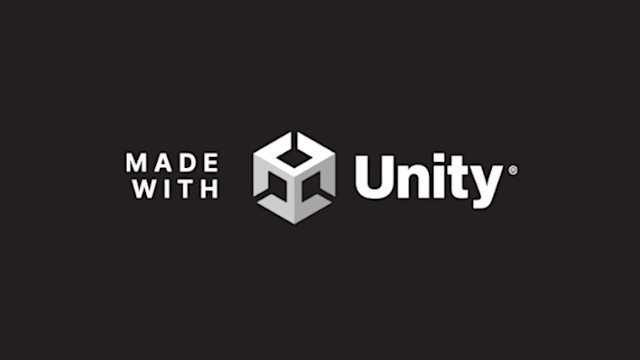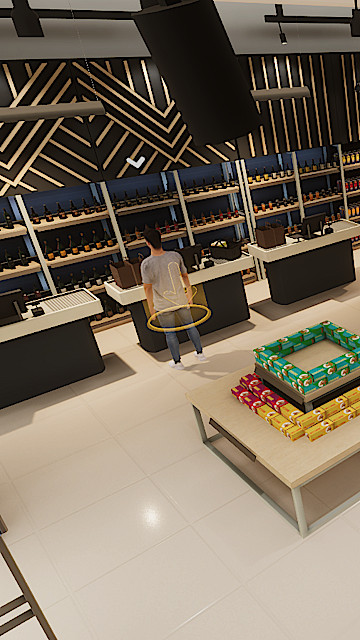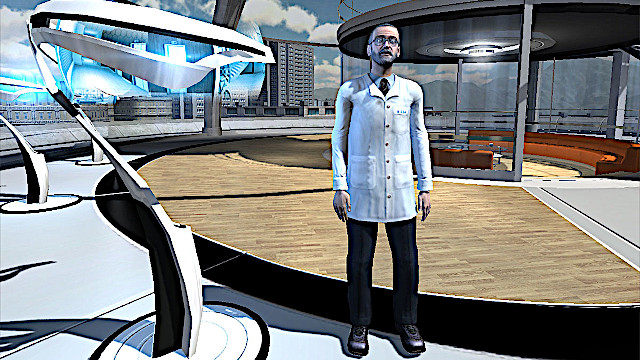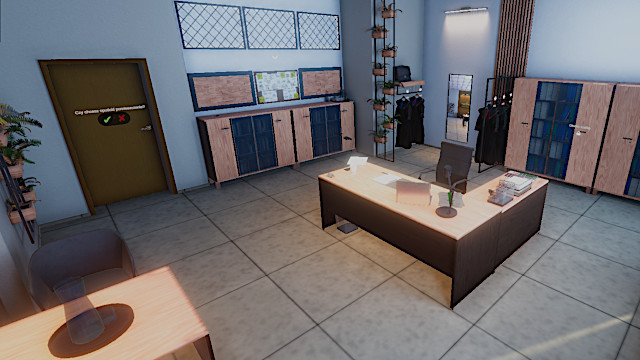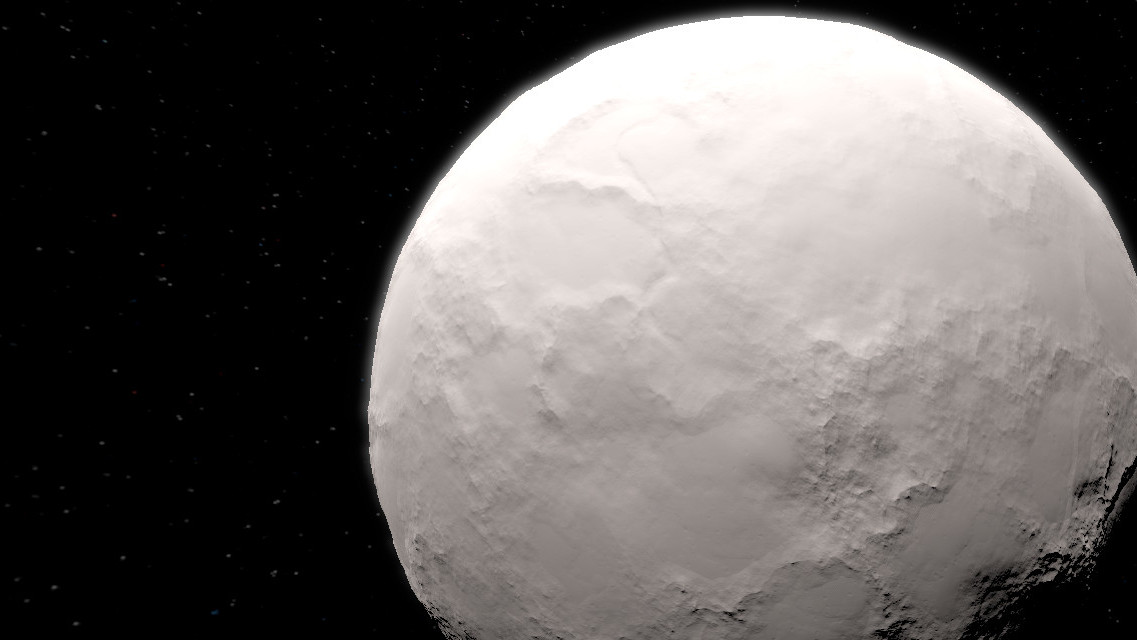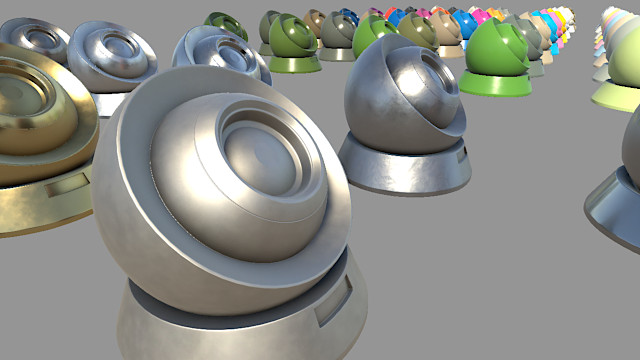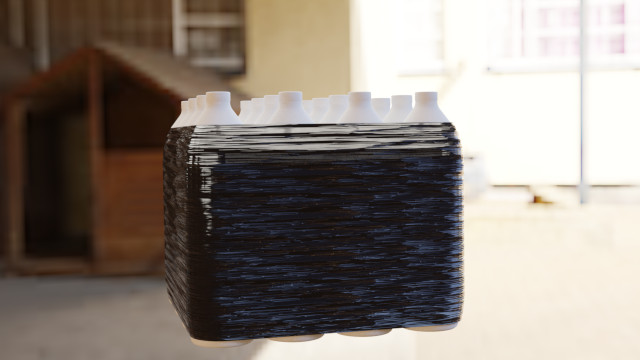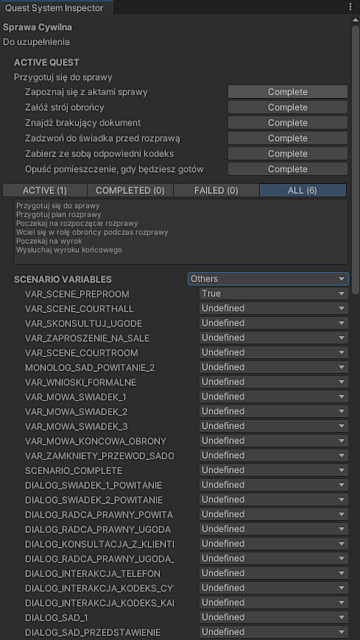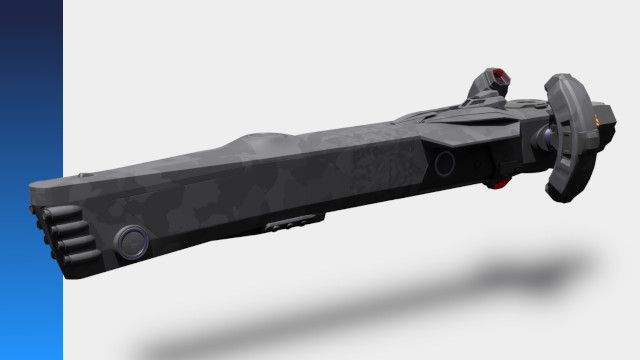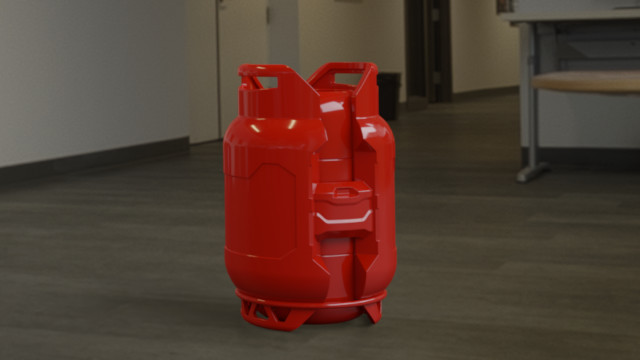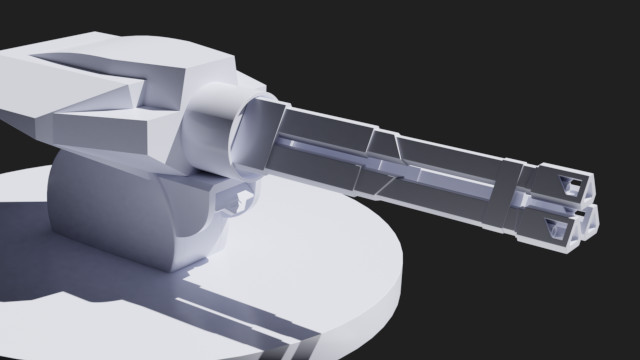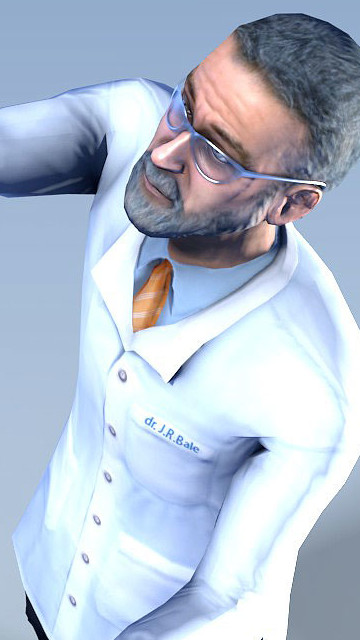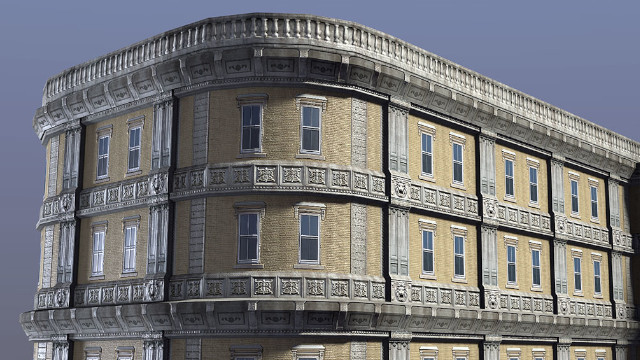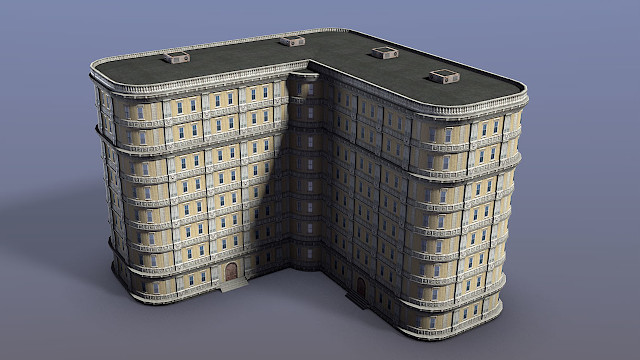Unity Development
Gamedev, VR simulators, e−learning
I've been working as a Unity developer, creating advanced, interactive experiences using the Unity Engine since 2014. During this time, I was entrusted with organizing and leading the newly established VR department at Tomorrow, where I remained until 2019. Following my departure, I ventured into starting my own business.
The types of projects I specialize in encompass:
- VR applications supporting medical therapy
- VR/AR educational applications
- Railway simulators (VR/desktop)
- VR simulators for devices and processes
- VR Occupational Health and Safety (OHS) simulators
- VR Basic Life Support (BLS) simulators
- Virtual walks
- Mini-games.
Within each project, my focus is on implementing a user-engaging gamification system — structured around scoring, rankings, and achievements — transforming the learning process into an enjoyable experience.
My background comprises a decade of experience as a team leader in Unity development and over 20 years in the IT industry, encompassing web, flash, and e−learning.
